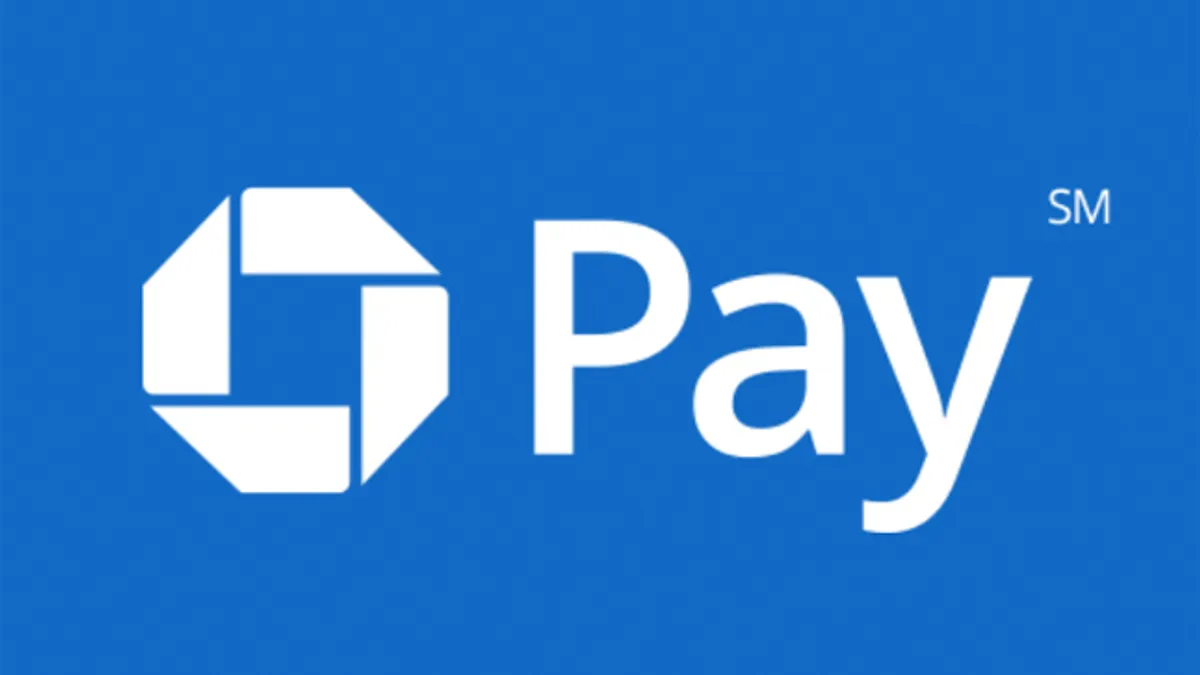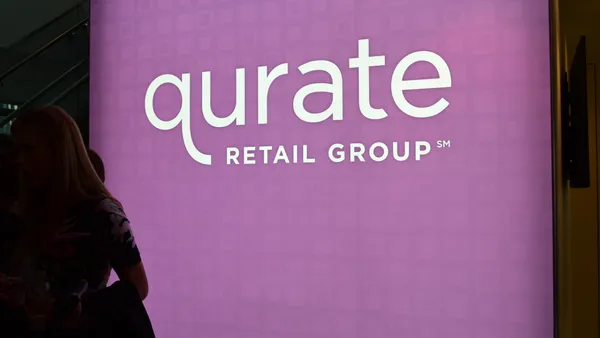Dive Brief:
-
Wal-Mart Stores and JP Morgan Chase announced a partnership to integrate the Chase Pay digital payment solution into the retailer's Walmart Pay mobile application, enabling Chase customers to complete purchases and earn rewards at Walmart.com, within the Wal-Mart app and in stores.
-
The announcement comes as little surprise considering that Chase Pay has become the de facto replacement for CurrentC, the failed mobile payment app that was under development by a Wal-Mart-led consortium of retailers.
-
In September, Chase and Wal-Mart announced that Wal-Mart and Sam’s Club store and online payments would be processed through ChaseNet, the bank’s closed-loop network.
Dive Insight:
Wal-Mart launched Walmart Pay in December 2015 and expanded the app to its entire fleet of U.S. stores in July, just weeks following the last gasps of CurrentC, which the company spearheaded as the leader of the Merchant Consumer Exchange (MCX), a consortium of more than 50 retailers that formed for the express purpose of developing a mobile payment system. After a series of launch delays, the MCX halted CurrentC's beta test in June, days after laying off 30 employees.
“CurrentC was destined to fail,” Mobeewave's Alimi told Retail Dive earlier this year, and the evidence certainly backs up that assertion. In its four years of development, CurrentC was contaminated by retailer priorities, like a desire to bypass credit card interchange fees instituted by card issuers like Visa and MasterCard — priorities that interfered with a focus on the customer experience. In addition, CurrentC wasn't ready when MCX said it would be — any of the times it said it would be. It also suffered a hack, not a devastating one, but its reputation took a severe hit.
Those same priorities are evident in this partnership with Chase. The Chase Pay solution is a lower-priced option for merchants than traditional credit cards. “By simplifying our relationship and removing the intermediaries, we are able to offer our merchant partners a fixed price, better costs and no additional fees,” the bank posts on its website, where it touts no network fees, no merchant liability for for lost, stolen or counterfeit fraud, and zero processing fees, provided the transactions are run on ChaseNet.
MCX now describes itself as ”a merchant-owned enterprise focused on delivering more efficient mobile commerce solutions for merchants, financial institutions and consumers.” Chase Pay was announced a year ago, with MCX as its “premier partner,” and has since inked partnerships with individual MCX retailers including Best Buy.
Like CurrentC and Walmart Pay, Chase Pay uses QR codes rather than the Near Field Communications-based tap-and-pay apps, like Apple Pay, Android Pay and Samsung Pay, requiring shoppers to fire up the app to scan the code. Walmart Pay and Chase Pay, therefore, are more cumbersome to use than the NFC-based payment apps, yet QR code apps from Starbucks and Dunkin Donuts are popular with customers. Experts say that's because those apps are loaded with incentives — something that's lacking in Wal-Mart's app. Without the kinds of app-specific enticements found within the Starbucks and Dunkin Donuts apps (which have a pay feature) or even Target's Cartwheel app (which doesn't), consumer interest inevitably wanes, research has found.
Both ChaseNet and Chase Pay are slated to go live with Wal-Mart in 2017. “We are excited about the opportunity to provide our customers with even greater convenience and value to our Walmart Pay app while expanding our relationship with Chase,” Mike Cook, Wal-Mart's senior vice president and assistant treasurer, said in a statement. “Adding Chase Pay as an option within Walmart Pay and online will create an enhanced experience for our customers.”














